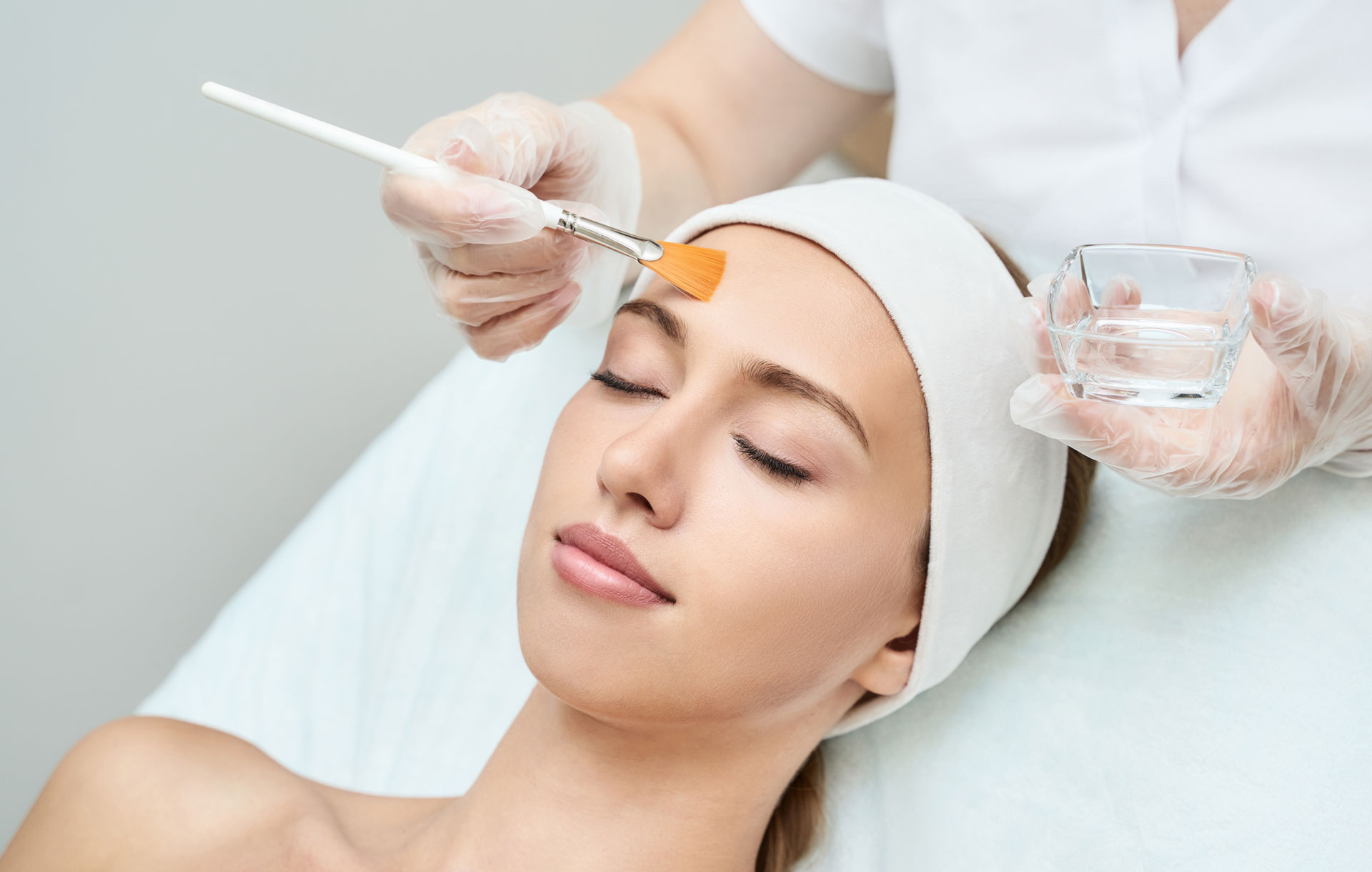Understanding chemical peel use and safety
Chemical peels are one of the top treatments estheticians can offer to give their client smooth, radiant, and ageless skin. With the right training and continuing education, they are quick to apply, can offer minimal downtime, and fast results. In this article, I will be bringing attention to the basic safety points to ensure your client gets the best results and so that you can protect your practice. I’ll break it down into what you should be thinking of before you even consider offering it as a suggestion to things to look out for during a peel.
Know Your Client’s Skin
First thing to consider is your client’s current skin, skin goals, and personal health. What is their Fitzpatrick type? Do they have an at home routine? What is their lifestyle? Are they on any medications? These are all questions you should be asking in your intake to be sure we are setting ourselves up for success. When a client’s skin is too far one way or the other on the Fitzpatrick scale it dictates the type of peel, the depth of the peel, and if it is even an option for them.
[ihc-hide-content ihc_mb_type=”show” ihc_mb_who=”2,4,6,7,5″ ihc_mb_template=”3″ ]
There is after care required for chemical peels so knowing your client has already committed to an at-home routine is typically a good indicator that they will follow instructions to ensure proper healing. Knowing your client and doing a thorough in-take and initial consultation is always the first step in treatment safety.
Know Peel Contraindications
Secondly, know your peel contraindications. There are many different formulations of peels, but the contraindications are all similar. Some of the main ones are active infections (cold sores included), open wounds, active medications with photosensitizing activity (retinol, antibiotics, acne medications, etc.), facial cancers, prior facial treatments (surgery, cosmetic laser, cosmetic injection, etc.), and hypertrophic scarring (keloids). These are what can be labeled as “absolute contraindications”, but there are some that are unique to each formulation. Having the proper training and knowledge on not only the manufacturer’s formulation as well as overall peel protocol is crucial.
Know your Depths
Thirdly, know your depths – not only in application but in certification as well. Peels traditionally come in three depths: Light, Moderate, and Deep. Light peels are known as “lunchtime peels” or surface peels. Light peels commonly include exfoliating ingredients with a larger molecular structure that has a lower penetrative depth, i.e., alpha hydroxy acids or beta hydroxy acids. These peels are used to treat fine lines and wrinkles, skin tone, and improve acne. Moderate peels reach into the outer and middle layers of the skin to remove damage. These peels are the ones that encourage the actual peeling away of the skin. The ingredients in moderate peels are glycolic acid, trichloroacetic acid (TCA), pyruvic acid, or a combination of acids (Jessner Peels). These acids have a much smaller molecular size that allow for the deeper exfoliation.
Deep peels are performed by medical professionals due to their active ingredients and possibility of scarring or systemic side effects. For example, phenol peels can cause arrythmias and require the kidney and liver to functioning properly to detoxify the body. Knowing what your professional limitations are and when to hand certain things off to medical providers is also a crucial piece in peel safety.
Proper Application
Lastly, know the proper application and the signs of an adverse reaction. Always be sure to apply the peel to clean, dry skin. Now when I say dry, not only dry from water but also dry from oils. Most peel protocols come with a pre peel “toner” that removes residual product as well as oils to ensure the peel doesn’t waste time “eating” through nonessential layers. A clean, dry brush is key as well. You may even want to have specific brushes only for chemical peels.
Always time your peels to be sure they are not sitting too long on the skin. During the treatment it is common to see some redness, swelling, and your client may experience a tingly or “spicy” feeling – these are normal. However, if your client is complaining of intense burning, you notice immediate swelling of eyes or lips, or if the skin begins to redden so much it produces heat – they are having a reaction. In this case, you would safely remove the peel with cool water and fresh pieces of gauze or cotton, then apply a cool compress and allow the skin to rest.
Aftercare is Just as Important
Educating your client on appropriate after care is equally as important as us being knowledgeable. Once your client leaves your treatment room, they are responsible for the outcome of their treatment; If they do not limit their sun exposure, if they pick at their skin, or cause excessive flushing to the treated area, etc. this can lead to post procedure complications such as scarring, infections, or hyperpigmentation.
In summation of all the points in this article, being as knowledgeable as you can be in peel application and formulas are what keep you, your business, and your client safe. Knowing when to treat and what to treat as well as who to treat is just as important as proper application. Going through a peel certification course is the best way to gain the most knowledge that you can to provide safe and effective treatments.
[/ihc-hide-content]













